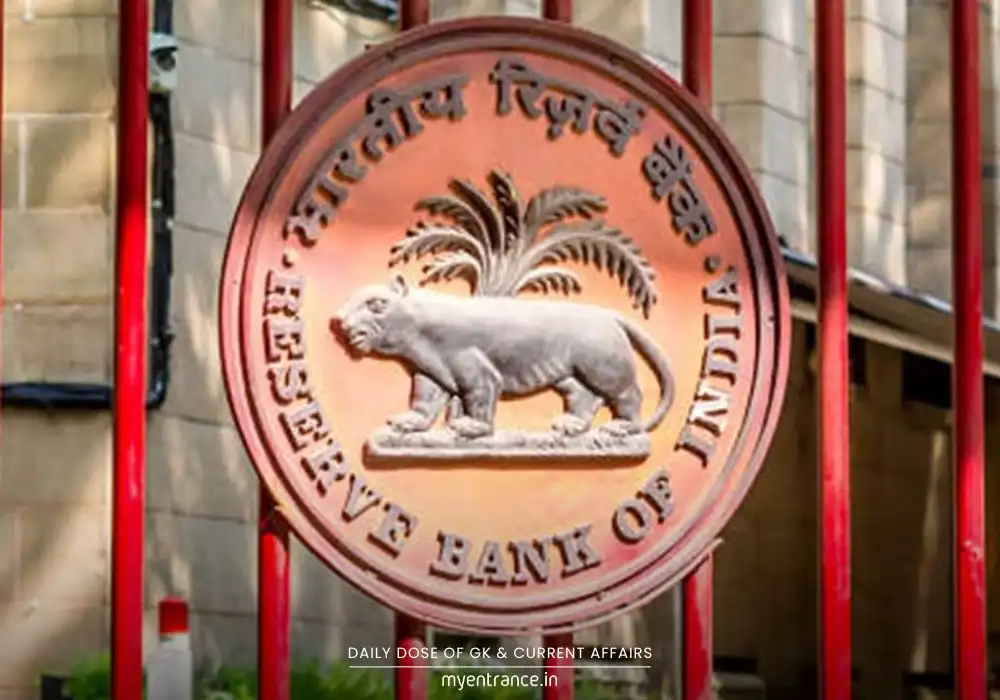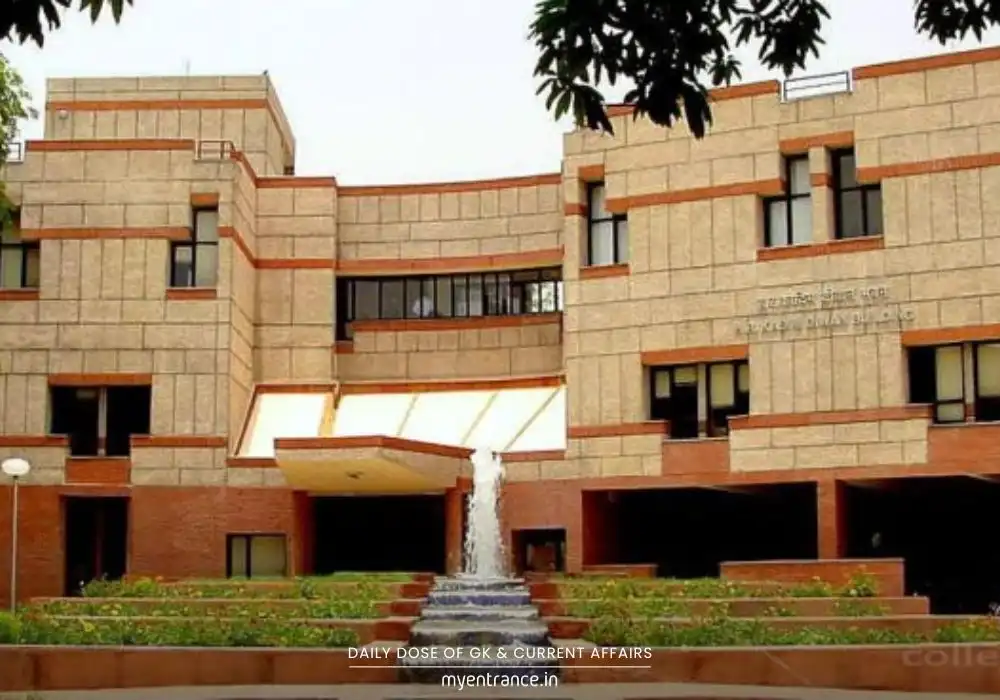Translate Language
ECBA by RBI: Is This the Game-Changer for Urban Co-operative Banks?
The RBI recently launched the Eligibility Criteria for Business Authorisation (ECBA), replacing the older FSWM norms for Urban Co-operative Banks (UCBs). This framework aims to bolster governance, financial stability, and operational transparency for UCBs seeking business expansions. Let’s break down what ECBA means for India’s banking sector.

What Are the Core Aims of ECBA?
ECBA isn’t just a rulebook—it’s RBI’s blueprint to future-proof Urban Co-operative Banks. Its primary goals include:
Strengthening Governance: Ensuring UCBs operate transparently with professional oversight.
Boosting Financial Health: Mandating strict capital buffers to protect depositor funds.
Enabling Tech-Driven Operations: Making Core Banking Solutions (CBS) non-negotiable for efficiency.
Controlled Expansion: Allowing growth only to banks that prove long-term stability.
Key Regulatory Shifts
Introduced in July 2025, ECBA sets clear benchmarks for UCBs to open branches, ATMs, or processing centres. Banks must comply based on audited financials (as of March 31 of the prior year). The RBI invited public feedback until August 25, 2025, signaling collaborative policymaking.
Financial Fitness Rules
To qualify under ECBA, UCBs must:
Maintain a minimum Capital Adequacy Ratio (CAR) as per RBI norms.
Keep net NPAs below 3%—ensuring loans don’t turn toxic.
Show net profits for 2 consecutive years with zero accumulated losses.
Comply with CRR/SLR requirements without defaults.
Operational & Governance Standards
Tech Mandate: Full CBS implementation for seamless operations.
Clean Supervisory Record: Banks under RBI’s corrective actions (like PCA) are disqualified.
Expert Leadership: Boards need at least two professional directors for smarter decision-making.
Compliance & Reporting
UCBs must:
Self-assess ECBA eligibility annually using audited financials.
Get board approval and notify RBI within 15 days of the resolution.
Validity: Compliance stays active until September 30 of the next financial year.
Expansion Flexibility
Beyond State Borders: Tier 3 & 4 UCBs (net worth ≥ ₹50 crore) can expand to 2 new states/year (max 5 branches per state with RBI approval).
Within Home State: Operate in 3 adjoining districts without permission. Expansion across the entire “home district” needs no formal nod.
UCB Classification
RBI categorizes UCBs by deposit size to tailor regulations:
Tier 3: ₹1,000–10,000 crore deposits.
Tier 4: Over ₹10,000 crore deposits.
This tiered approach ensures proportionate regulatory scrutiny.
Essential Q&A on ECBA:
Q1: Why did RBI replace FSWM with ECBA?
A: ECBA introduces stricter governance, tech mandates, and risk-based expansion—addressing gaps in the older FSWM model to reduce UCB failures.
Q2: Can loss-making UCBs expand under ECBA?
A: No. Banks must show 2+ years of net profits, zero accumulated losses, and sub-3% net NPAs to even apply for expansion.
Q3: How does ECBA protect depositors?
A: By enforcing capital buffers (CAR), limiting bad loans (NPAs), and requiring reserves (CRR/SLR), it ensures banks can absorb losses without risking public funds.
Q4: What’s the penalty for non-compliance?
A: UCBs lose expansion rights and may face RBI’s corrective actions (like PCA), freezing new branches/ATMs until standards are met.
Q5: Do small UCBs get expansion relaxations?
A: Yes! Tier 1–2 UCBs can operate statewide without RBI approval. Only larger banks (Tier 3–4) face multi-state curbs.
Get 3 Months Free Access for SSC, PSC, NIFT & NID
Boost your exam prep!
Use offer code WELCOME28 to get 3 months free subscription. Start preparing today!















